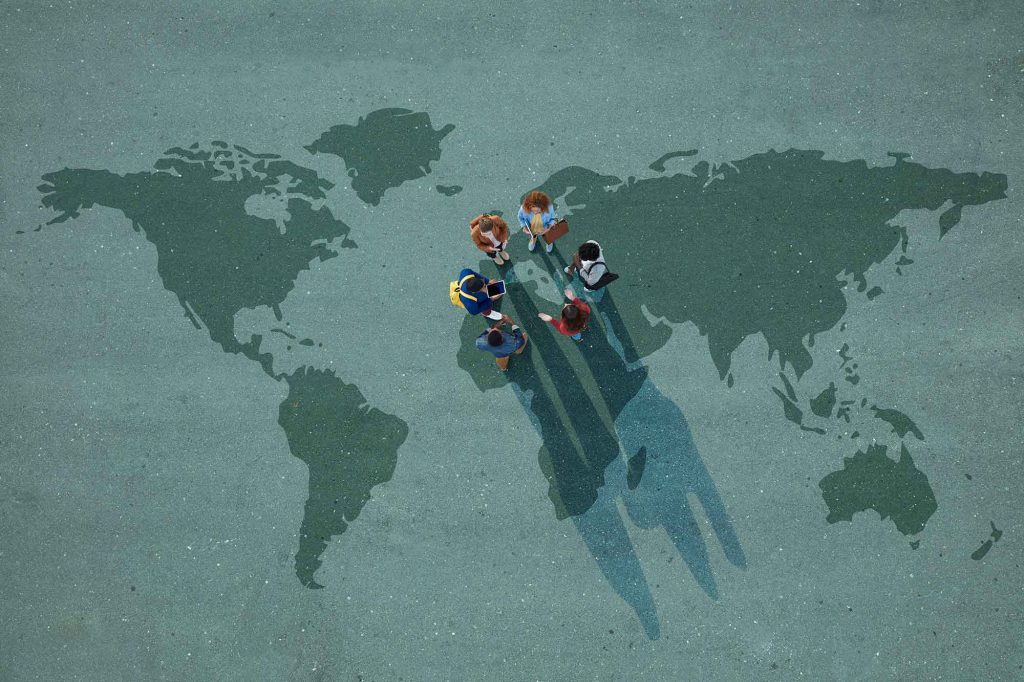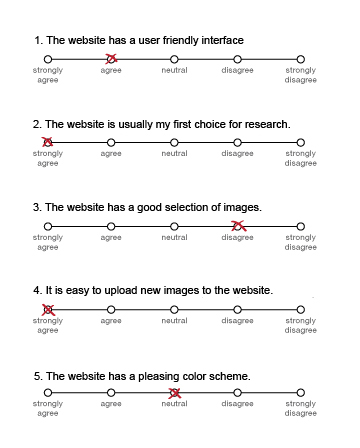The Science of Human Nature Has a Serious Problem

This article originally appeared on The Conversation and has been republished under Creative Commons.
Over the last century, behavioral researchers have revealed the biases and prejudices that shape how people see the world and the carrots and sticks that influence our daily actions. Their discoveries have filled psychology textbooks and inspired generations of students. They’ve also informed how businesses manage their employees, how educators develop new curricula, and how political campaigns persuade and motivate voters.
But a growing body of research has raised concerns that many of these discoveries suffer from severe biases of their own. Specifically, the vast majority of what we know about human psychology and behavior comes from studies conducted with a narrow slice of humanity—college students, middle-class respondents living near universities, and highly educated residents of wealthy, industrialized, and democratic nations.
To illustrate the extent of this bias, consider that more than 90 percent of studies recently published in psychological science’s flagship journal come from countries representing less than 15 percent of the world’s population.
If people thought and behaved in basically the same ways worldwide, selective attention to these typical participants would not be a problem. Unfortunately, in those rare cases where researchers have reached out to a broader range of humanity, they frequently find that the “usual suspects” most often included as participants in psychology studies are actually outliers. They stand apart from the vast majority of humanity in things like how they divvy up windfalls with strangers, how they reason about moral dilemmas, and how they perceive optical illusions.
Given that these typical participants are often outliers, many scholars now describe them and the findings associated with them using the acronym WEIRD, for Western, educated, industrialized, rich, and democratic.
WEIRD isn’t universal
Because so little research has been conducted outside this narrow set of typical participants, anthropologists like me cannot be sure how pervasive or consequential the problem is. A growing body of case studies suggests, though, that assuming such typical participants are the norm worldwide is not only scientifically suspect but can also have practical consequences.
Consider an apparently simple pattern recognition test commonly used to assess the cognitive abilities of children. A standard item consists of a sequence of two-dimensional shapes—squares, circles, and triangles —with a missing space. A child is asked to complete the sequence by choosing the appropriate shape for the missing space.
When 2,711 Zambian schoolchildren completed this task in one recent study, only 12.5 percent correctly filled in more than half of shape sequences they were shown. But when the same task was given with familiar three-dimensional objects—things like toothpicks, stones, beans, and beads—nearly three times as many children achieved this goal (34.9 percent). The task was aimed at recognizing patterns, not the ability to manipulate unfamiliar two-dimensional shapes. The use of a culturally foreign tool dramatically underestimated the abilities of these children.
Misplaced assumptions about what is “normal” might also affect the very methods scientists use to assess their theories. For example, one of the most commonly used tools in the behavioral sciences involves presenting a participant with a statement—something like “I generally trust people.” Then participants are asked to choose one point along a five- or seven-point line ranging from strongly agree to strongly disagree. This numbered line is named a “Likert item” after its social psychologist originator, Rensis Likert.
Most readers of this article have likely responded to many Likert items in their lifetime, but when this tool is taken to other settings, it encounters varying success. Some people may refuse to answer. Others prefer to answer simply yes or no. Sometimes they respond with no difficulty.![]()
If something as apparently simple and normal as a Likert item fails in different contexts (and not in others), it raises serious questions about our most basic models of how people should perceive and respond to stimuli.
Aiming for a science of all humanity
To address these potentially vast gaps in our understanding of human psychology and behavior, researchers have proposed a number of solutions. One is to reward researchers who take the time and effort to build long-term research relationships with diverse communities. Another is to recruit and retain behavioral scientists from diverse backgrounds and perspectives. Still another is to pay closer attention to the norms, values, and beliefs of study communities, whether they are WEIRD or not, when interpreting results.
A key part of these efforts will be to go beyond theories of “universal humans” and build theories that make predictions about how the local culture and environment can shape all aspects of human behavior and psychology. These include theories of how trading in markets can make people treat strangers more fairly, how some societies became WEIRD in recent centuries, and how the number of personality traits we find in a society—such as agreeableness, conscientiousness, neuroticism—depends on the complexity of a society’s organization.
Proponents disagree on the best paths to moving beyond WEIRD science to building a science of all humanity. But hopefully some combination of these solutions will expand our understanding of both what makes us human and what creates such remarkable diversity in the human experience.



































